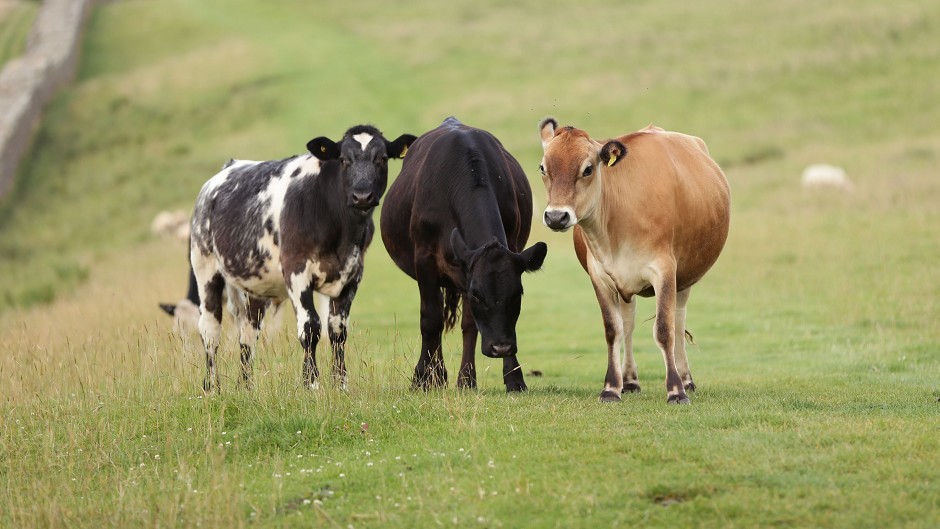Feeding pre-fermented yeast to finishing heifers can cut costs and prevent growth checks, according to new research.
The research, which was carried out by Oldmeldrum-based animal feed firm Norvite in conjunction with Rumenco, Kansas State University and Zinpro, was recently explained to north-east farmers at a special meeting.
Rumenco’s commercial nutritionist Dr Alison Bond said the study was established to look into the effects of feeding the firm’s XPLS pre-fermented yeast in Scottish heifer transition and finish diets.
“The trial was carried out as an honours research project, highlighting the potential of this as a valuable source of research to the UK beef sector. Ross Learmouth, a student at SRUC, conducted the trial on a typical Scottish beef finishing unit. Beef animals on the farm composed of mainly Limousin cross cattle, mixed with Charolais and Simmental,” said Dr Bond.
Within the trial, four pens were set up with 13 heifers randomly allocated to each pen.
Two pens were randomly chosen to be treatment groups, and two pens to be control groups, allowing for replicates within the trial.
The treatment pens selected had 45g per head per day of XPLS top dressed onto the freshly fed ration each day. While the control group received the same ration, minus the XPLS.
The base TMR consisted of 26% barley, on a dry matter basis, for the acclimatisation phase, rising to 77% barley inclusion for the finisher ration, over a 33 day transitional period.
The diets were progressed in steps during the transition from the growing to finishing ration, with the rolled barley component being increased in 100kg increments, replacing an equal fresh weight of silage at each step.
“Throughout the trial, the heifers were regularly weighed. The treatment group showed a significant improvement of 11.4% in overall Daily Live Weight Gain (DLWG), and this DLWG advantage, based on the value of each kg of live weight, was worth 34p a head a day,” said Dr Bond.
“Accommodating for the cost of the treatment, which is 7p per animal per day, this gives an advantage of 27p per animal per day, or crucially, a 385% return on investment.”
She said the feed conversion ratio was also significantly improved for heifers fed the pre-fermented yeast, with a saving of £12.60 per animal.
Dr Bond added: “Critically, animals fed XPLS within the trial, avoided the usual growth check seen during the transition phase between growing and finishing diets. It was also seen that a higher number of cattle fed XPLS were finished first and sent to slaughter sooner, meaning an additional saving on time and labour.”
She said the pre-fermented yeast fed in the trial stimulates the growth and activity of the beneficial bugs in the rumen and gut.
“This supports rumen adaptation during any transitional periods between diets. It is basically feeding the good bugs to help animals adapt quicker to the change,” added Dr Bond.
“Enabling cattle to swiftly adapt when they progress from a store diet to a finishing diet, without major knock backs, is crucial to maintaining performance.”
Norvite’s technical director David McClelland highlighted to the meeting the importance of research like this for the beef sector.
He said: “There are a lot of nutritional products available, and different theories of how to improve efficiency, so when farmers are looking at different options, the question really is, how confident can they be that this will work for them, and how reliable are the results. This is where UK-based research is incredibly valuable in providing confidence.
“These results are extremely significant. The major benefit in the trial was seen in the transition period. Most farmers appreciate this is a risky period, with a lot of stresses involved. Cattle are either coming in from grass, which causes a major diet shift, or bought at market as stores and therefore dealing with the associated movement and socialising stresses.”
